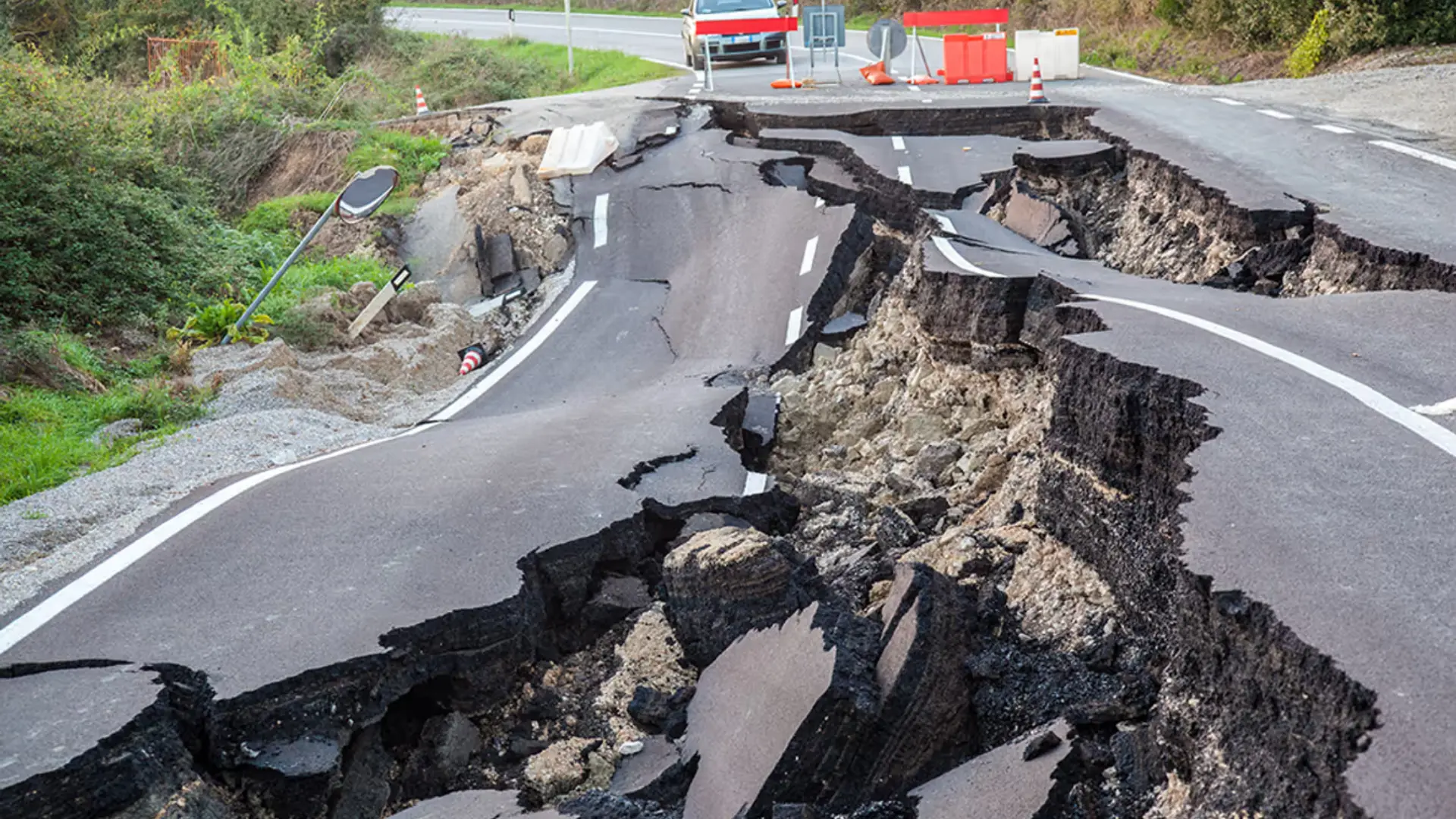Islamabad, 3 August: Strong tremors jolted Islamabad, Rawalpindi, and numerous surrounding areas shortly after midnight on Saturday, as a 5.1-magnitude earthquake struck at 12:10 AM PKT. The incident has been widely reported under the headline “Pakistan Earthquake Today Islamabad”, drawing concern from residents and authorities alike.
The second quake to hit the region in two days, it prompted panicked residents to evacuate their homes, with the epicenter located 15 kilometers southeast of Rawat at a shallow depth of 10 kilometers, according to the Pakistan Meteorological Department’s National Seismic Monitoring Centre (NSMC) in Islamabad.
The tremors extended beyond the twin cities, felt in Attock, Swabi, Zafarwal, and northern regions including Swat, Shangla, Buner, Malakand, Mansehra, Battagram, Kohistan, and Murree. Reports also indicated shaking in Jhelum and several towns across Azad Jammu and Kashmir. Despite the widespread impact, no immediate casualties or significant damage have been reported as of 04:11 AM PKT on Sunday, August 3, 2025.
READ MORE: KP Feels Moderate Earth Quake; No Damage Reported
This quake follows a 5.5-magnitude earthquake that rattled northern Pakistan on Friday, August 1, at 2:03 AM PKT, originating in Afghanistan’s Hindu Kush region at a depth of 114 kilometers. That earlier tremor shook homes across Khyber Pakhtunkhwa (KP), with residents in Islamabad, Rawalpindi, Azad Kashmir, Charsadda, Karak, Gujranwala, and surrounding areas reporting noticeable jolts. The rapid succession of seismic events has left communities on edge.
The region’s seismic activity is not uncommon, given Pakistan’s position on a major fault line between the Indian and Eurasian tectonic plates, particularly in the north. Recent months have seen a series of quakes, including a 4.7-magnitude event in Peshawar on June 11, a 5.3-magnitude quake on May 11 affecting Islamabad and KP districts like Mardan and Swat, and two tremors in April—a 5.5-magnitude quake on April 12 and a 5.3-magnitude quake on April 16—felt across KP, Punjab, Azad Kashmir, and the federal capital.
NSMC officials continue to monitor the situation, urging residents to stay vigilant and prepared for aftershocks. Social media posts on X from affected areas reflect a mix of concern and resilience, with users sharing videos of swaying buildings and calls for safety measures. As the region braces for potential further tremors, experts attribute the frequent quakes to the ongoing tectonic movements, a reminder of Pakistan’s vulnerability to seismic risks.









